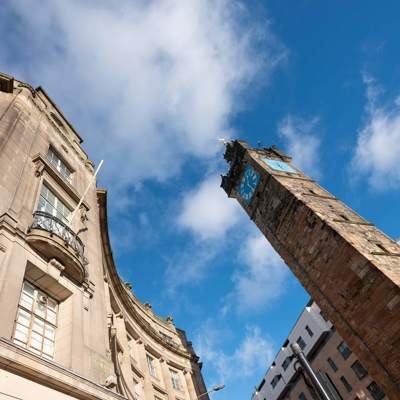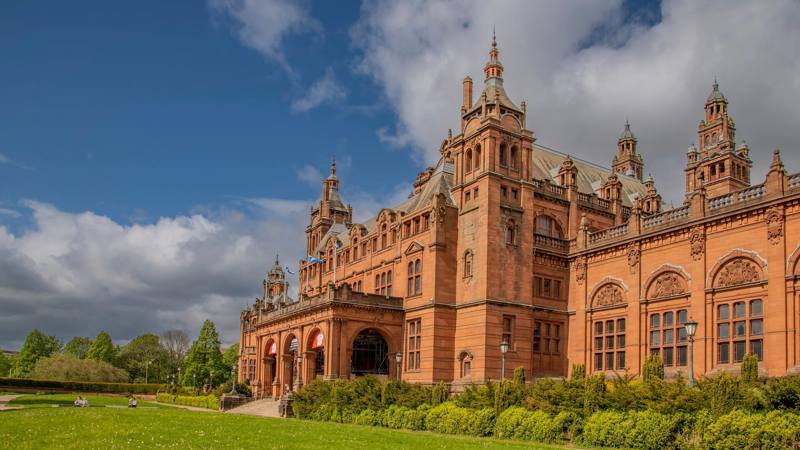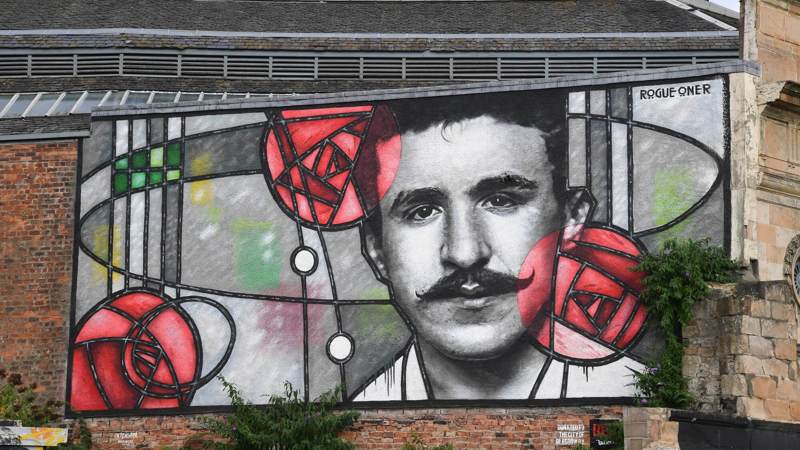Glasgow’s history and heritage
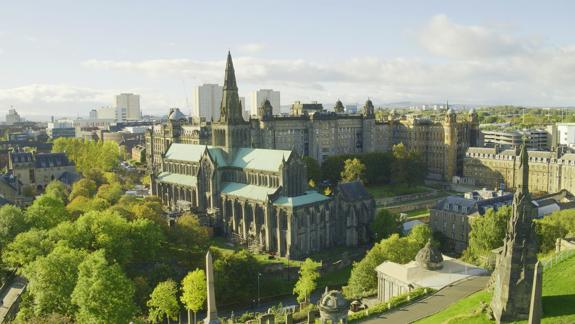
Stunning architecture and historic sites
Medieval city
The beginnings of medieval Glasgow go back to around 1119. That is when Glasgow Cathedral was built on the site of St Kentigern’s first church. In case you didn't know, St Kentigern is the patron saint of the city.
Medieval Glasgow ran from the River Clyde up through the Saltmarket. It continued along High Street and up to the Cathedral. High Street's development has led to archaeological excavation. As a result, many hidden gems have been uncovered. This has given us a better understanding of the city during that time.
Medieval buildings used to dominate High Street. Bishop's Castle, the Auld Pedagogy and the Old College were part of the street's landscape. Although you won't see many of them today. They are now hidden beneath the city's Victorian architecture and new developments.
You can still explore the hidden medieval city through the Medieval City Map. And check out Glasgow City Council's Historical Banners Trail to read more about High Street.
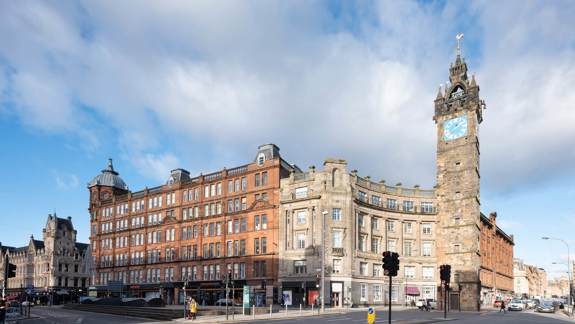
That said, the city still boasts lots of beautiful medieval architecture. Be sure to check out:
Glasgow Cathedral
Crookston Castle
Provand's Lordship
Provan Hall
Trongate and Tolbooth Steeple
Visit Glasgow Cathedral, Historic Environment Scotland, Glasgow Life, and Provan Hall for more information.
Built heritage
Glasgow is one of the UK's most important historic cities. The city has many listed and protected buildings by renowned architects. These exceptional structures tell the story of the city's past and present.
Over 400 architectural practices and individuals have contributed to the city's listed heritage. They played a key role in Glasgow's pioneering approach to building. Three of the most famous are Charles Rennie Mackintosh, Alexander “Greek” Thomson and Robert Adam. Check out our Charles Rennie Mackintosh trail page if you want to find out more about his work.
Historic Scotland lists over 1,800 buildings in Glasgow. This is to ensure the structures are protected for future generations. Some of the most notable include:
Glasgow Cathedral: one of the oldest buildings in Glasgow. Several parts date back to the early 12th century.
Glasgow Central Station: the city's biggest train station. Go on a tour to walk beneath the city's streets and visit railway vaults.
Glasgow City Chambers: marvel at the beauty of Glasgow City Chambers in George Square.
The University of Glasgow: The iconic grounds of the campus in the west end are beautiful to explore. Glasgow’s very own Hogwarts.
Kelvingrove Art Gallery and Museum: one of Glasgow's most popular attractions. Explore the venue's 22 galleries and catch an organ recital.
For more information, visit our tours page and museums in Glasgow.

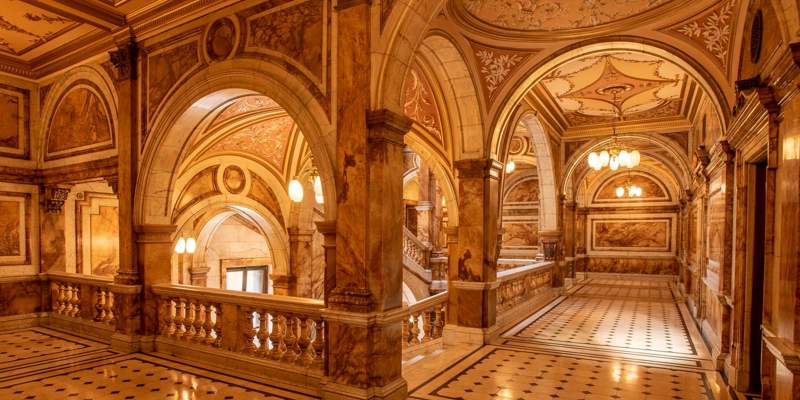
Glasgow's ancient roots and archaeology
Archaeology in the city
Have you ever wondered what lies beneath your feet? Glasgow has a wonderful array of hidden gems for you to discover. Recent developments have led to archaeological excavations taking place. This activity has helped uncover the city’s history.
If archaeology is your thing, we recommend:
Exploring the Antonine Wall, a UNESCO World Heritage site. Some of the wall is within the Glasgow city boundary, but other parts can be accessed by car. You can see objects from the wall at the University of Glasgow’s Hunterian Museum. Visit Hunterian Museum for more info.
Visiting Govan Old Parish Church. The 19th-century building lies within an ancient graveyard. There you'll find a set of carved stones dating from the 9th to 11th centuries. You'll get all the details you need by going to The Govan Stones.
Checking out Crookston Castle. It's the second-oldest building in the city and Glasgow's last surviving castle. Legend has it that Lord Darnley and Mary Queen of Scots sat beneath an ancient yew tree, which once lay in its grounds. Go to Crookston Castle for details.
Going to the earthwork on Camphill within Queens Park. It lies beneath the highest point on the park grounds and is of uncertain date and purpose. Although suggestions are that it is medieval or Roman in origin. You can enjoy two other earthworks in Pollok Country Park.
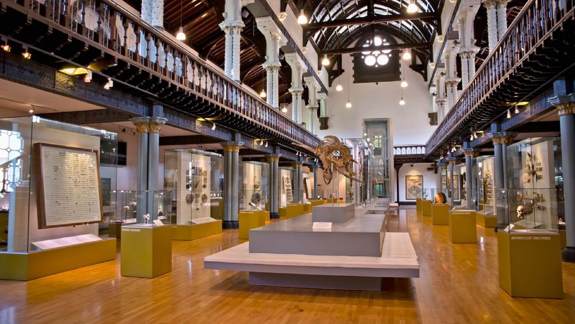
The Dear Green Place and the River Clyde
Glasgow is literally the "Dear Green Place," the translation of its name in Gaelic. The city also boasts over 90 parks and green spaces and has a proud history of creating and protecting them. Go to our parks and gardens page to discover our top picks.
The city’s historic landscape also encompasses several large Necropolises. Find out more about by visiting Friends of Glasgow Necropolis.
The River Clyde has always played a significant for Glasgow and its surroundings. Centuries ago, it provided people with water, a means of transport, and access to the city. The river has also been a platform for trade and industry. It enabled Glasgow to be known as the "second city of the Empire" in the 19th century.
Come the 20th century, the Clyde's importance to Glasgow changed to shipbuilding. Although shipbuilding has declined in recent years, it still exists.
Now the banks of the Clyde are home to the likes of the Glasgow Science Centre, Clydeside Distillery and the BBC Scotland building.

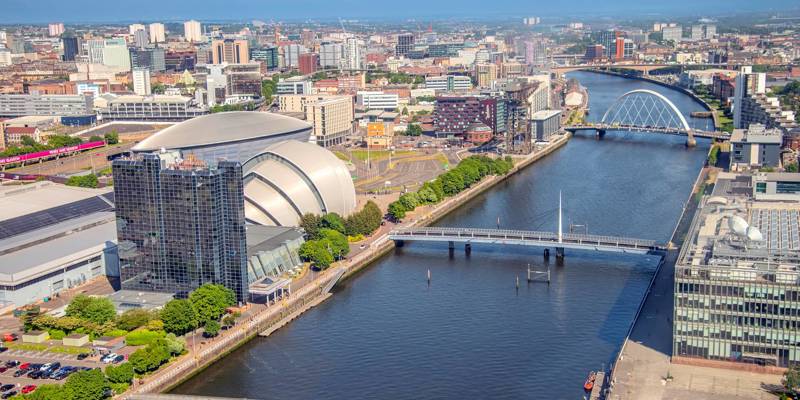
Local history
Local stories and neighbourhoods
Glasgow has a rich and diverse local history. Glaswegians take pride in this, and it gives them a sense of pride and identity in their city.
There are various ways you can explore the city's history:
The Mitchell Library is home to extensive collections of photographs, maps and archives. Visit Glasgow Life for more details.
Find out how Glaswegians lived in the past at The People's Palace Museum in Glasgow Green. The People's Palace has closed for major refurbishment and is due to reopen in 2027.
Why not join one of the many heritage trails and tours around the city? Discover the stories behind the many sculptures, plaques, and monuments around Glasgow. Check out Glasgow City Council for heritage trails. For tours, we've got you covered with our tours in Glasgow page.
There are other smaller local museums in Glasgow. Some of them have a specific focus, such as the Glasgow Police Museum and The National Piping Centre. Visit Glasgow Police Museum and The National Piping Centre for more info.
Since the dark ages, Govan has had an interesting and important part in Glasgow's history. The influence of Govan's shipbuilding industry is a profound one that is still felt today. Go to Fairfield Heritage to discover more about Govan's role in the world of shipbuilding.
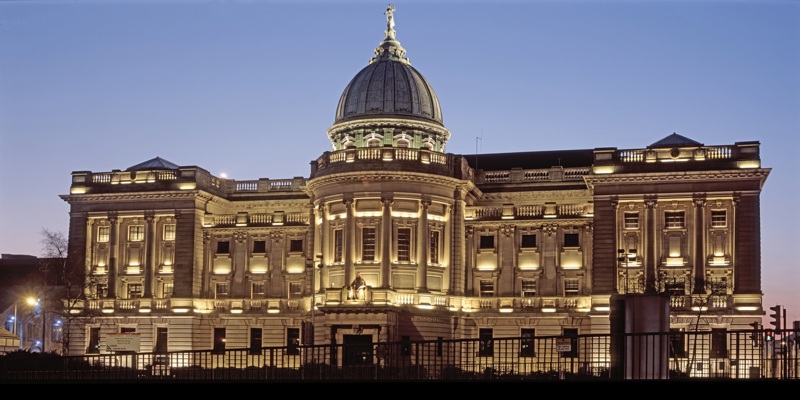

Tracing your roots
Family history
Looking to find out more about your own family history? The Mitchell Library is the place to go to find out more about your ancestors and family tree.
They provide a one stop shop for anyone looking for their ancestors within the Glasgow area. The library has registers of birth, death, and marriage. The venue also holds census records from 1841, images of Glasgow, and much more.
Go to Glasgow Life for more details about family history at The Mitchell Library.
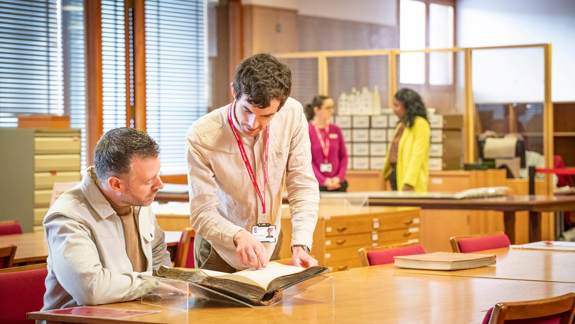
Article last updated: October 2025
